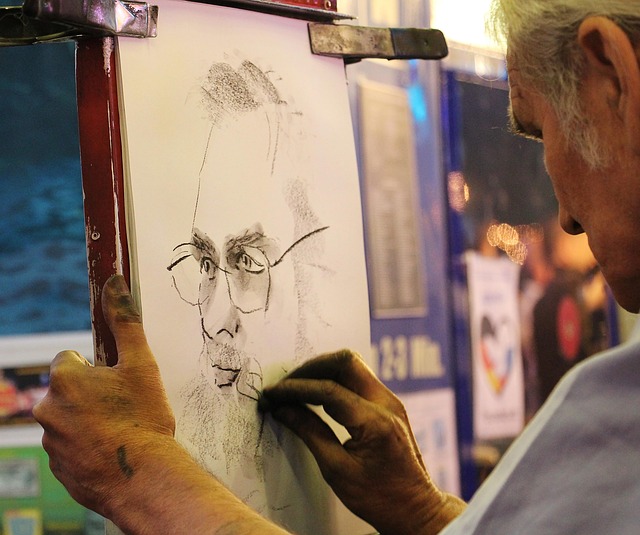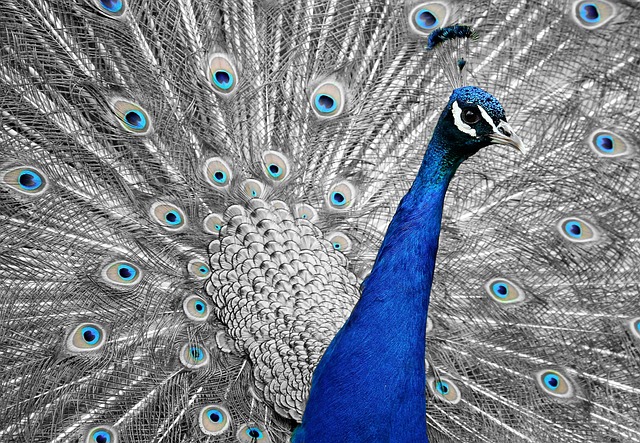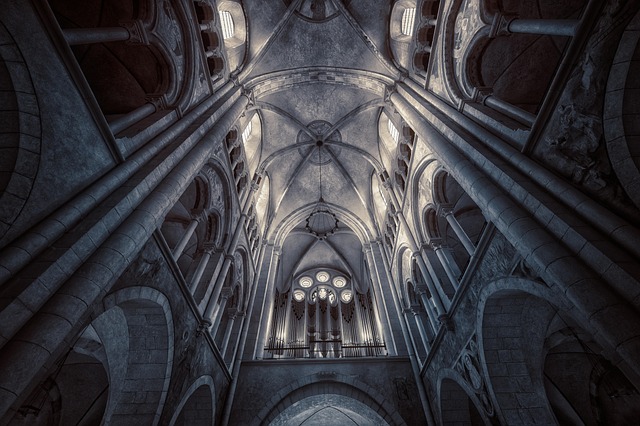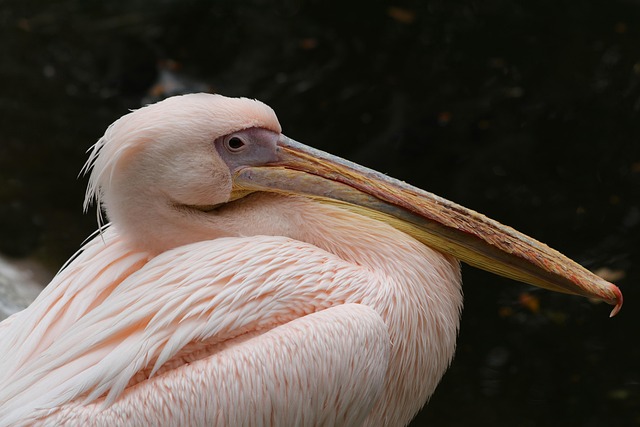Charcoal drawing is an evocative art form that has captivated artists and art lovers alike for centuries. This medium, with its rich history and expressive potential, serves as a bridge between the fine arts and cultural expression. With each stroke of charcoal on paper, an artist can reveal more than just the physical attributes of a subject; they can delve into emotions, narratives, and cultural nuances that resonate with viewers on a personal level.
One of the remarkable aspects of charcoal drawing is its versatility. Artists can manipulate the softness or hardness of the charcoal to create a range of textures, from delicate wisps to bold lines. This allows for an extensive exploration of themes relevant to various cultures. For instance, a charcoal portrait may reflect the vitality of a local community, encapsulating their traditions and values in a way that photography might not achieve. The raw essence of charcoal captures the warmth of human experience, making it a powerful medium for storytelling.
Historically, charcoal has been a favored medium for preliminary sketches, a practice that traces back to the Renaissance. Artists such as Leonardo da Vinci and Michelangelo used charcoal not only for planning their masterpieces but also as a standalone art form. Their ability to infuse life into their work speaks to the timelessness of charcoal drawing in the fine arts. Through this medium, one can almost feel the cultural heartbeat of the period in which the artist lived. The swirling figures and gestural lines of a charcoal drawing can transport viewers to a different era, enabling a dialogue between the past and present.
Moreover, the accessibility of charcoal makes it an appealing medium for aspiring artists. While fine arts may often come with a barrier related to cost and materials, charcoal drawing can be initiated with minimal investment. A simple sketchbook and a few pieces of charcoal can unlock vast creative potential. This democratization of art allows diverse cultural influences to flourish as individuals from various backgrounds explore their artistic expressions. It encourages people to partake in the art-making process, which in turn nurtures a rich tapestry of cultural art forms.
In contemporary society, charcoal drawing continues to thrive as artists grapple with modern themes and social issues. Many contemporary artists use this timeless medium to confront topics such as identity, migration, and cultural heritage. The tactile nature of charcoal allows for dynamic representation, often highlighting the contrast between light and shadow, reflecting the duality of human existence. By exploring these themes, artists invite viewers into a conversation, fostering understanding and empathy across cultures.
In educational settings, charcoal drawing is often introduced to students as a foundational skill, emphasizing observation, hand-eye coordination, and expressive potential. Engaging students in this medium nurtures not only their artistic abilities but also an appreciation for cultural narratives embedded within their drawings. By encouraging art education, we cultivate a new generation of artists who are equipped to express their cultural identities through the lens of fine arts.
Ultimately, the beauty of charcoal drawing lies in its ability to capture the essence of human experience in its myriad forms. It serves as a cross-cultural medium, reflecting our shared narratives and celebrating our differences. Whether it’s a serene landscape or an intense portrait, each charcoal drawing invites us to step closer, to connect with the artist, and to explore the layers of cultural significance embedded within the work. As we embrace the simplicity and profundity of charcoal, we unveil the beauty of this time-honored art form, reminding us of the power of creativity in bridging gaps between cultures.




